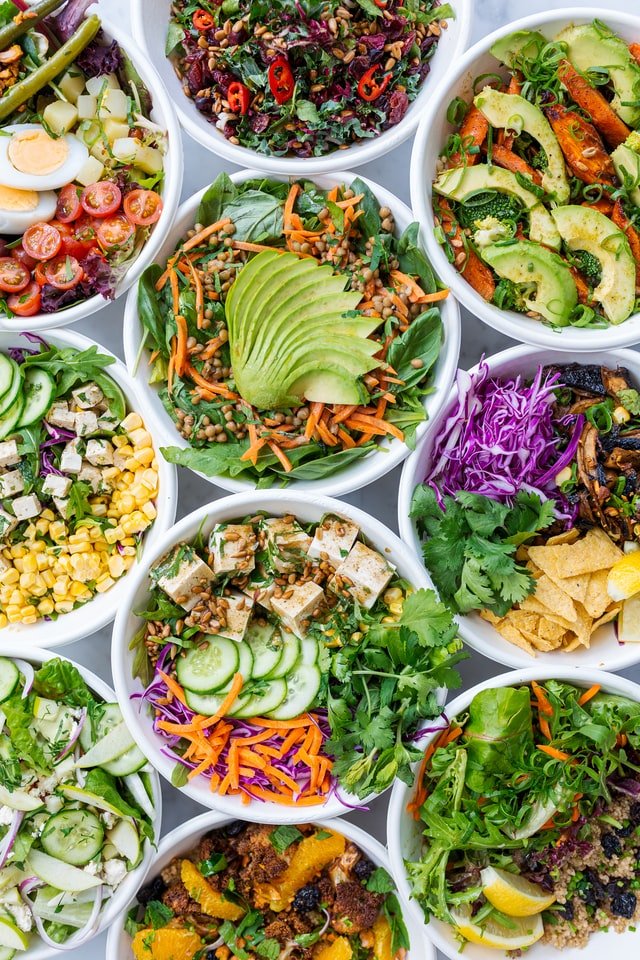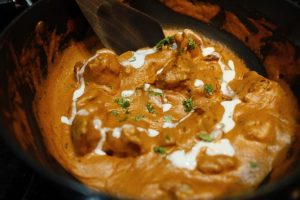Ginger is a spice derived from a plant native to South Asia. It has been used for thousands of years as a condiment and medicine. It is a very important spice in cooking and it is also used to make ginger ale. The spice can be eaten raw, pickled or cooked.
The history of ginger goes back more than 5,000 years. In ancient Egypt, ginger was used as part of the mummification process and was also used as an embalming agent. In the Middle East and India, ginger was used to relieve stomach cramps and nausea, to ease childbirth and treat colds and flu
Ginger is also believed to have medicinal properties that stimulate the appetite and relieve nausea. Ginger also works as an anti-inflammatory agent. Some people also use it as a mild sedative. In Ayurvedic medicine, ginger is said to improve blood circulation, relieve arthritis pain and lower blood pressure
In Japan, it is thought that ginger can improve memory function in older adults
Ginger is a spice, one of the most common and most important in the world. If you live in a household that uses a lot of fresh food, you probably already know that ginger is a root that you grate or slice to eat raw. You might not know that it’s also a medicine and a cosmetic, used for everything from preventing seasickness to alleviating morning sickness to soothing skin irritations. Or that it was once one of the most important commodities traded in Europe, with prices fluctuating wildly on the Amsterdam and London exchanges. Or that so many Europeans died in its pursuit that it has been called the “perfume of the grave.”
Ginger was first domesticated in India at least 4,000 years ago. At first only royalty could afford to use it for cooking or for medicine, but by 1000A.D., when Marco Polo arrived in Asia, ginger had become widely available. Today it is grown all over Asia, Europe and North America and is used in almost every cuisine on earth.
Ginger is the rhizome of Zingiber officinale, a perennial plant in the ginger family. The ginger family also contains cardamom, turmeric, galangal and several other spices; all come from plants native to the Indian subcontinent. Most are tropical plants, but not ginger itself. In the fall, after the ground has frozen, ginger sends up shoots that are harvested and dried to be used in cooking.
The word “ginger” derives from the Sanskrit word for it: shringavera. The Greeks and Romans were familiar with it; according to Pliny it was brought to Rome by Anicetus, who was sent as a diplomat to India by Marcus Aurelius in 161 AD. By 1390 it had reached England; Chaucer mentions it in his Canterbury Tales. Medieval European recipes for gingerbread first appeared in Germany around 1350; the use of ginger in beer dates back at least to 1500 BC in China.
The ginger plant is not native to the Caribbean. It was imported from India along with many other tropical spices by Christopher Columbus on his second voyage, in 1493. In fact, Columbus was looking for a new route to Asia, because he knew that the trade winds that carried ships full of spices from one continent to another would make them faster and more reliable than anything available in Europe at the time.
His name for ginger was zanjabeel, “the thing to be traded.” Europeans soon discovered that the spice had medicinal properties as well as culinary ones. It came to be used as a treatment for stomach ailments, and later as a stimulant and aphrodisiac. The first mention of its uses in this context appears in a book called “The Treasure of the Excellent Favourite,” written by an Italian doctor named Angelo Sala (who seems to have been pen-named “Agrippa”) in 1526. He recommended 1/20 of a dram (about three-quarters of a teaspoon) in wine for people who wanted to improve their love lives. And it worked, evidently: a couple from Spain visited Dr. Sala’s clinic together and were given ginger to drink; afterwards they were unable to keep their hands off each other.
Ginger is a spice derived from the root of a plant and has been used for millennia as a culinary spice, for its fragrance and for its medicinal properties. It is an aromatic perennial which grows to a height of about one meter with numerous thin green leaves and purple flowers. It is a native to South East Asia and it is cultivated in the West Indies, the Caribbean, India and many other regions.
It serves as a flavoring agent in confectionery products, beverages, desserts, seafood dishes, pickles, mustard, sauces and even in medicines. The use of ginger as medicine goes back to ancient times.
In the last few years, there’s been a ginger renaissance. I don’t know whether to thank or curse Jean-Georges Vongerichten and Zagat, because I can barely walk down the street in New York now without being offered a chance to try a new ginger-based delicacy. It seems that every chef in town is doing his own riff on the spicy, earthy, citrusy profile of ginger.
I’ve never been a big fan of ginger myself (though I like it much better than cinnamon), but it’s hard not to get caught up in all the excitement. If you’ve ever wondered what all the fuss is about, here’s my new favorite way to enjoy ginger: in a homemade dressing for absolutely anything, from greens to grilled fish to roasted beets.
This dressing also contains another flavor surprise that I love: capers. They add a bit of brininess without making the dressing taste fishy; you might not believe me until you try it. But if you’re one of those people who thinks “capers” and “dressing” go together about as well as “steak” and “vegetable side,” I urge you to give this one a shot before you dismiss it out of hand
Ginger is a plant that has been cultivated for millennia, in the tropical and subtropical regions of South Asia. It is a perennial herbaceous reed with fleshy rhizomes, closely related to turmeric. The plant has yellowish-green flowers, which bear seed capsules.
The rhizomes are used as a spice and a medicine. The raw fresh rhizome is often pickled in vinegar, or dried and candied. Ginger also functions as a natural preservative for many meat preparations, such as ham or sausage.
The gingers’ spicy flavor comes from gingerols, shogaols, and zingerone.


